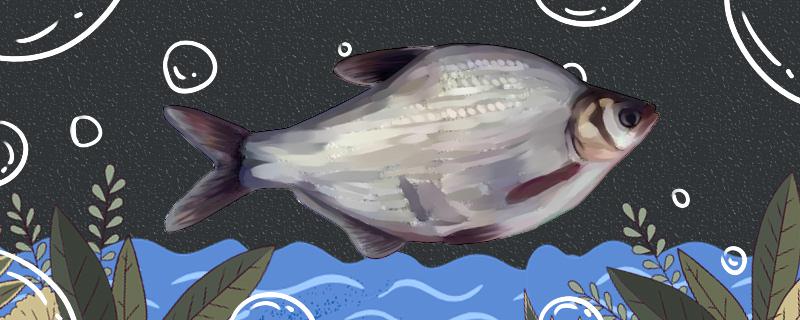
Fish can be raised in a water depth of 1 meter, but the feeding density should be smaller, otherwise there will be hypoxia. Usually, the water depth for fish farming is between 2 and 3 meters. In order to improve the dissolved oxygen in the bottom water, mechanical oxygenation can be used. In addition, the water depth of the pond should also be adjusted according to the season. In winter and summer, the water temperature should be higher to facilitate the fish to avoid cold and heat. In spring and autumn, the water should be shallower, so that the fish can eat better, which is conducive to growth.
of fish farming in shallow water? 1. Easy anoxia: Fish farming in shallow water can easily lead to anoxia, because there is less water and the overall dissolved oxygen is low. Living in such an environment, if the number of fish is large and they compete for oxygen, it will lead to anoxia, which will not only affect their growth. It's even possible to die with it.
2, the temperature difference is too large: fish farming must control the temperature, but if the water is less, it is easy to be affected by the external environment, resulting in excessive temperature difference between day and night, because the temperature difference is too large, fish will be stimulated, and even lead to stress reaction, which is harmful to their health.
3. Crowding and injury: As the water is relatively shallow, the fish will crowd each other, which greatly increases the risk of injury. Once the fish is injured, it is easy to be infected with diseases, which will also cause unnecessary losses. Therefore, when raising in shallow water, the density must be reduced appropriately.